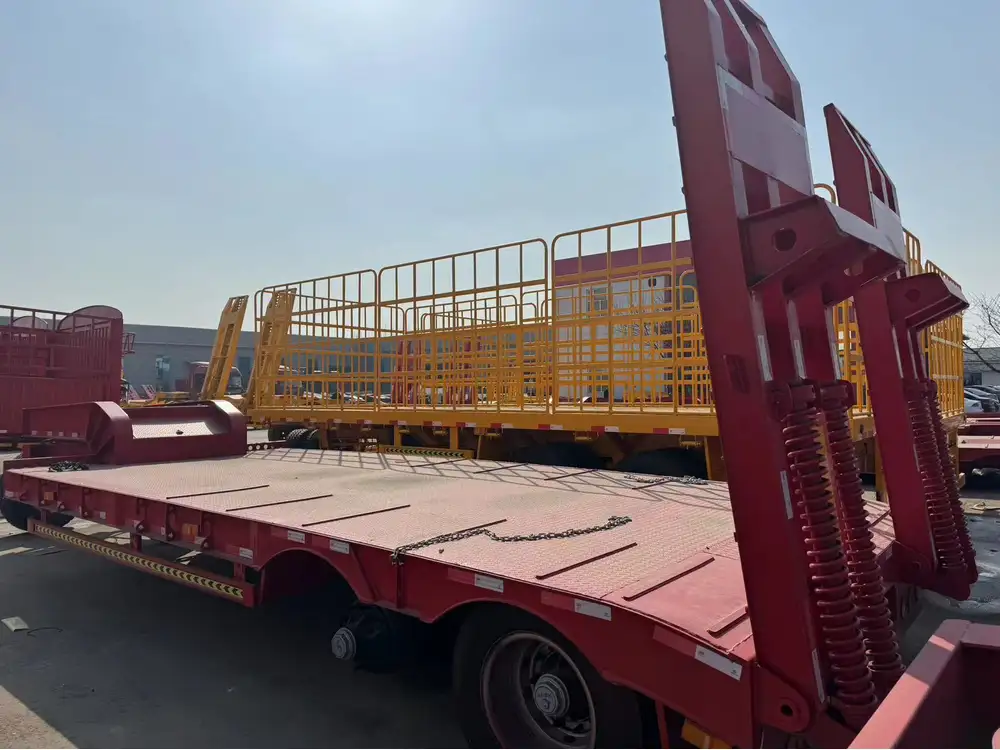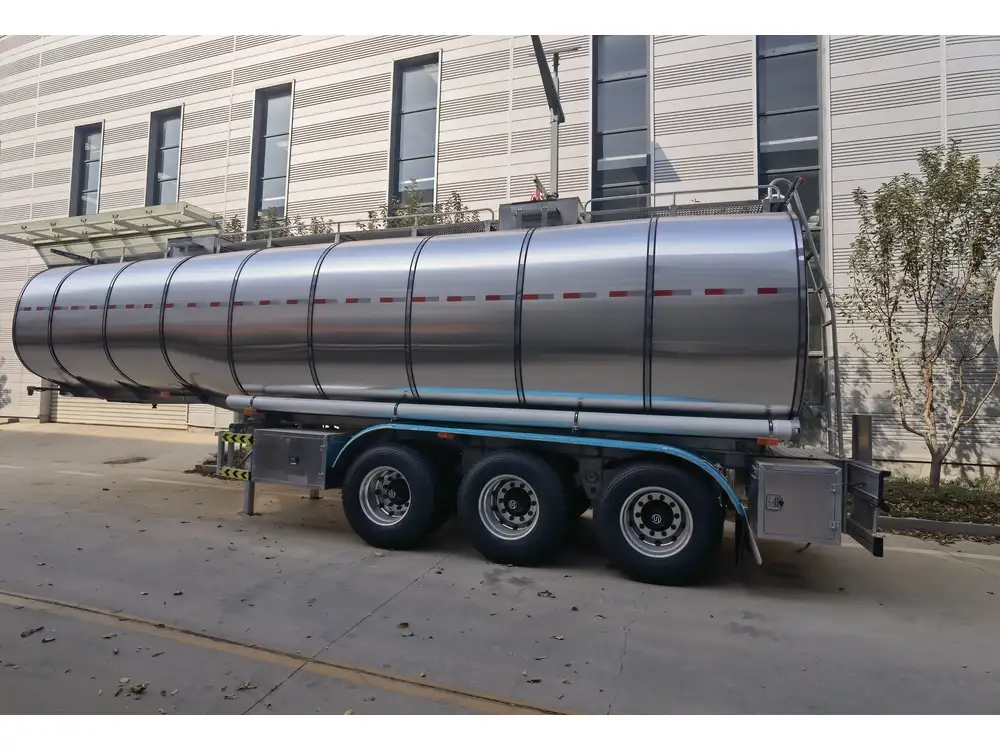Transporting goods requires precision and care, particularly when securing storage containers to trailers. An effective securing method not only protects cargo but also ensures safety on the road. Among various options available, ratchet straps stand out for their reliability and ease of use. In this guide, we will delve into the nuances of selecting the appropriate ratchet straps for securing your storage containers efficiently and safely.
Understanding Ratchet Straps: A Necessity for Secure Transport
Before selecting a ratchet strap, it’s essential to understand what they are and how they function. Ratchet straps—also known as tie-down straps—are designed to secure cargo by using tension. The mechanism comprises a strap, a ratchet, and hooks or end fittings. The ratchet tightens the strap, creating a firm hold on the cargo.
Why Choose Ratchet Straps?
High Load Capacity
- Ratchet straps are capable of securing heavy loads, making them ideal for storage containers filled with various goods.
Adjustable Lengths
- Many ratchet straps come in various lengths, which allows flexibility depending on container size and load distribution.
Ease of Use
- The straightforward mechanism of ratchet straps makes them easy to operate, even for individuals with minimal experience.
Durability
- Made from high-quality materials such as polyester, most ratchet straps can withstand harsh weather conditions and resist abrasions.

Key Factors to Consider When Choosing Ratchet Straps
When it comes to selecting the ideal ratchet straps for securing storage containers to trailers, several key factors must be considered. Each element plays a vital role in ensuring safety and efficiency.
1. Weight Capacity
The weight capacity of a ratchet strap is often marked as its Working Load Limit (WLL). Understanding the weight of your storage container, along with its contents, is crucial. WLL is calculated as follows:
| Strap Width | WLL (lbs) |
|---|---|
| 1 inch | 1,200 |
| 2 inches | 3,300 |
| 3 inches | 5,400 |
2. Length
Ratchet straps come in various lengths, typically ranging between 10 to 30 feet. The choice of length should be influenced by:
- The size of the storage container.
- The type of trailer being used.
- Load positioning within the storage container.

3. Material
Most ratchet straps are made of polyester, which lends a combination of strength and flexibility. Some key benefits include:
UV Resistance:
- For outdoor transit, UV-resistant materials prolong strap life.
Weather Resilience:
- Look for straps that can withstand moisture and extreme temperatures.
4. Hook Type
Different hook styles can offer various advantages based on their application. The most common hooks include:
| Hook Type | Description | Best Use Cases |
|---|---|---|
| S-Hook | A classic hook design ideal for tight fits. | General-purpose use. |
| J-Hook | Designed for deep securing points. | Trailers with side rails. |
| Wire Hook | Adds extra strength for heavier loads. | Suitable for flatbeds. |
5. Ratchet Mechanism Quality
A robust ratchet mechanism ensures that the strap holds tight under load. When selecting your strap, check for:
- Material Quality: Heavy-duty steel is preferred for durability.
- Ease of Engagement: It should engage smoothly without jamming.

6. Safety Features
Safety is paramount when transporting goods. Here are a few features to consider:
- Protective Sleeves: These prevent abrasions to both the strap and the cargo.
- Warning Labels: Ensure that strap limitations are marked clearly.
Practical Steps for Securing a Storage Container to a Trailer
Once you’ve selected your ratchet strap, the next step is the actual process of securing your storage container. The following steps will guide you through effective securing techniques.
Step 1: Prepare the Equipment
Gather all necessary equipment prior to starting:
- Ratchet straps
- Ratchet handle
- Safety gloves
- Tow vehicle (if applicable)

Step 2: Position the Storage Container
Carefully place the storage container onto the trailer bed. An even and balanced load distribution is crucial.
Step 3: Attach the Ratchet Straps
- Loop: Start by looping one end of the ratchet strap around a secure point on the storage container.
- Connect: Attach the other end to the trailer’s anchor point. Ensure that the strap is threaded correctly through the ratchet.
Step 4: Tighten the Straps
- Ratchet: Engage the ratchet by moving the handle back and forth, which will tighten the strap around the storage container.
- Check Tension: Ensure the strap is snug but not overly tight to prevent damage to the cargo.

Step 5: Secure Loose Ends
- Flap any excess strap neatly and secure it to prevent flapping, which could pose a hazard.
Maintenance Tips for Your Ratchet Straps
To ensure that your ratchet straps have a long and productive lifespan, it’s vital to maintain them effectively. Here are some tips:
- Regular Inspections: Check for any signs of wear and tear or fraying before each use.
- Clean after Use: Clean straps to remove any debris or moisture, preserving their integrity.
- Store Properly: Keep your ratchet straps in a dry, shaded place to prevent deterioration.
Conclusion: The Importance of Using the Right Ratchet Straps
Securing storage containers to trailers is an essential task that requires careful consideration of the equipment used. Ratchet straps serve as a dependable solution, enabling secure transportation of goods and safeguarding against potential accidents. By carefully assessing weight capacity, length, material, hook type, ratchet quality, and safety features, one can confidently select the right straps for their specific needs.
As a manufacturer of semi-trailers, ensuring that you have the correct ratchet straps can ultimately lead to greater operational efficiency and enhanced safety on the road. Consider investing in high-quality ratchet straps as a part of your cargo securing arsenal, and always adhere to best practices when transporting your valuable goods.



